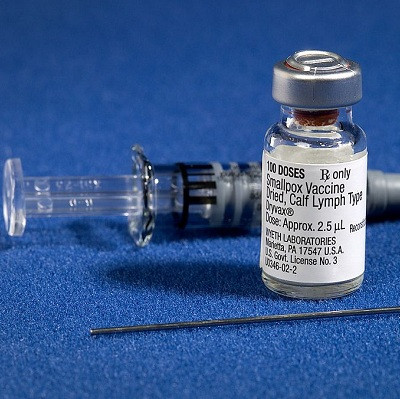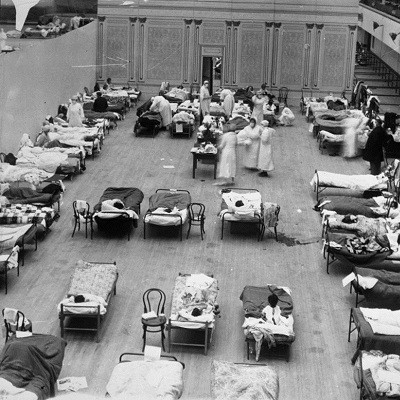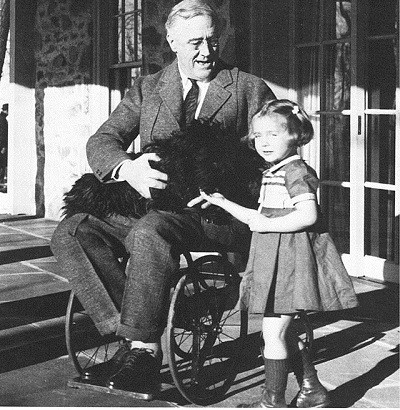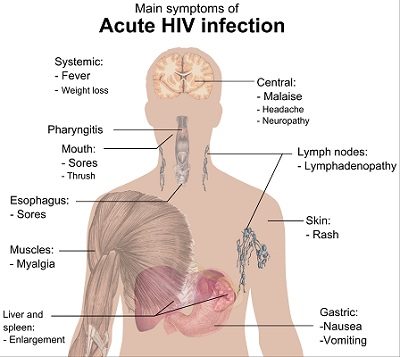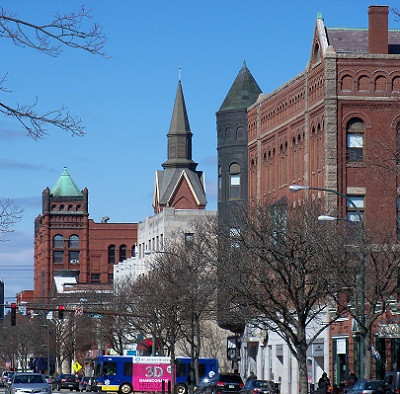Is Providence Ready to Handle Toxic Algae in Drinking Water?
Wednesday, August 06, 2014
The water ban in Toledo, Ohio may be over, but the concerns over cyanobacteria – the blue green algae that took over Lake Erie, where Toledo takes its drinking water from – are beginning to rise nationwide.
Many concerned citizens throughout the nation are turning to their city in hopes that a plan in place incase the algae begins to bloom in their local drinking water supply. The good news for Providence residents is that plenty of testing goes on to ensure drinking water is clean for consumption.
“We run numerous tests for our water quality in the range of more than a thousand a month,” said Ricky Caruolo, the General Manager of the Providence Water Supply Board. “In the past two months we have started to run tests for blue green algae as well. We have no indication that blue green algae will be making an appearance in our water anytime soon.”
GET THE LATEST BREAKING NEWS HERE -- SIGN UP FOR GOLOCAL FREE DAILY EBLASTThe primary concern with cyanobacteria is that when it blooms, it releases toxins into the water, which can cause skin and eye irritation, gastrointestinal symptoms, and liver or neurological damage.
Supply and Demand
The Providence Water Supply board is a large entity that supplies water to more than 73,800 customers throughout Providence, Johnston, North Providence and Cranston as well as nine wholesale communities throughout the state.
The Department of Public Health does have a protocol in place when dealing with blue green algae, according to Caruolo, but he stresses that it is preventative maintenance and testing that keeps blue green algae from becoming a problem.
“Ultimately our water reaches two thirds of the state,” said Caruolo. “We currently are ranked second for best water quality in the country. I would say that we are pretty confident that most Rhode Island residents have no fear in regards to blue green algae. We do have an emergency response plan in place, but we haven’t released that to the public.”
Recreational Waters
Additionally, the state of Rhode Island makes sure that recreational bodies of water are monitored and tested, to ensure that blue green algae blooms do not arise.
If, for some reason, the algae does bloom and rises to levels that are unsafe, then the Department of Environmental Management releases an advisory, alerting the public that the water is unsafe for human and animal contact.
“We do a lot of work in taking samples of water around the state where we have reports of cyanobacteria,” said Elizabeth Scott, Deputy Chief of Surface Water Protection for the Rhode Island Department of Environmental Management. “That is our primary role. If the level of cyanobacteria rises to an unsafe level then we send out an advisory for that body of water, advising people and their pets to not come into contact with the water until the levels have decreased.”
Related Slideshow: The History of Disease Outbreaks in New England
Related Articles
- Gavin’s Pub: Upscale Pub Opens on Providence Waterfront
- NEW: Boil Water Advisories For 4 Rhode Island Communities
- New Waterfire Documentary Premieres at The Vets—Sneak Peek
- Rhode Island’s Deepwater Wind Big Winner in Federal Auction
- Daily Vine: ‘Dog Days’ Networking on Providence Waterfront
- Landscape Now: Winter Prep for Your Lawn, Water Features and Ponds
- John Hazen White’s LOOKOUT: Rising Doubts on Deepwater Wind
- Deepwater Wind: 14 To Watch in Rhode Island in 2014
- Deepwater Wind Talks Suspended - Negotiations on Hold
- NEW: Shots Fired in Watertown near Franklin Street
- 5 Weekend Musts: First Full WaterFire Of The Season + More
- Lisa Blais: Providence Goes After Water, Homeowners To Fix Budget
- Landscape Now: How + When To Water Your Yard
- NEW: RI Beach Water Quality Among Worst in the Nation
- BREAKING: MIT Reports Officer Shot - Explosions Reported in Watertown
- Deepwater Wind Still Stalled After 5 Years
- Block Blasts Fung Over Lying About Deepwater Wind Contributions
- NEW: Kent County Water Authority Lifts Boil-Water Order
- Don’t Miss: Brickyard’s Fall Wine Dinner at Bluewater Grill
- Clark University Students Intern Creatively At WaterFire
- Gerald Carbone: Let’s Tear Down Waterplace’s ‘Wall of Hope’
- Landscape Now: Upgrade Your Landscape With A Water Garden
- Local Rhode Island Food Innovators to be Featured at Waterfire
- Why is RI Ranked 5th Worst for Beach Water Quality in U.S.?





